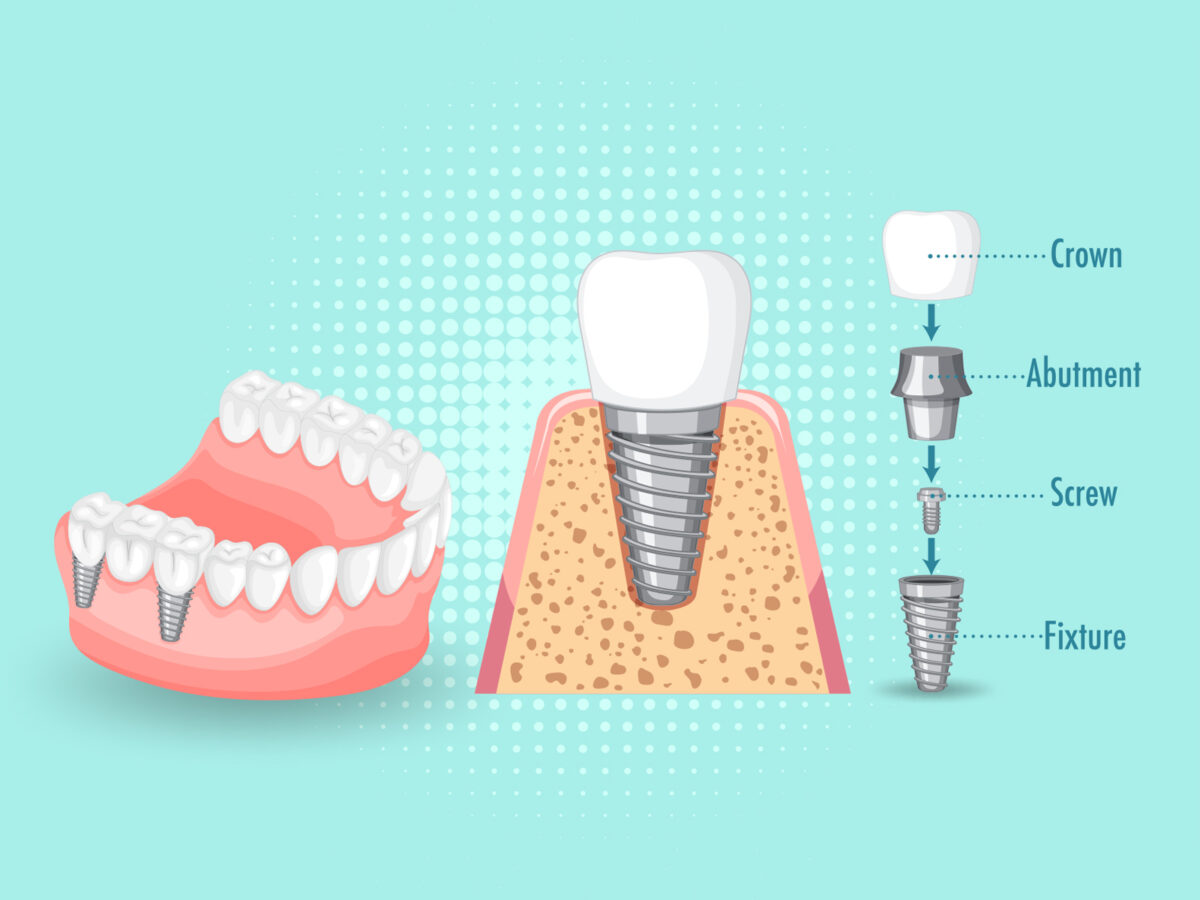Blog
Dental hygiene tips for healthy teeth & gums

How Much Tooth Structure Is Needed For A Crown?
Dental crowns are an excellent restorative option if your tooth has significant decay or damage. It can sometimes even save a natural tooth by allowing the root to remain in place and support it. When your tooth does not have support or tooth structure is insufficient for filling, then crowns come to your rescue.
Dental crowns are small caps placed on the impacted tooth and can be made of different materials such as porcelain, gold alloys, etc. The name “crown” comes from the fact that they are placed on the entire visible portion of your dentition, called the crown.
Not everyone is a candidate for a dental cap, and your dentist would first assess how much natural tooth structure is present in the impacted tooth to decide if a cap is possible. So, what are the criteria for getting crowns? We will see that and other details as you read further.
Details Of Dental Crown
A dental crown is a cap shaped like your pearly whites and can be made of metal or porcelain.
- The material your dentist would use for the cap would depend on the location of the dentition being treated. It will also vary based on the patient’s preference.
- For a natural look, one would opt for porcelain, but if you want a durable option, go for metal, as they are more robust.
- A dental cap is placed on the entire visible portion of your dentition, which protects your pearly whites from further damage and strengthens them.
- To place the cap, the dentist would first remove the tissues from the dentition that have decayed or damaged.
- After removing the tissue, the shape of the remaining tissues will be changed to accommodate the dental cap.
- The dentist would then take an impression of your dentition to order a custom-made crown for you.
- Next, the dentist would place a temporary cap on the teeth that s/he has prepared to protect the teeth while your cap is made.
- The last step is to place the cap on your dentition using dental adhesives.
- One could also get a crown done after a root canal procedure. Once the infected pulp is removed from the tooth, it becomes hollow and weak on its own. A dental cap over the dentition would make it stronger and prevent future decay.
How Many Teeth Do You Need For Dental Caps Procedure?
Now that we know how dental crowns are placed on your teeth let us understand what it takes to get a cap done.
- In general, you would need at least two millimeters of natural tooth structure to place the cap. This means that a minimum of one-quarter of teeth must be visible. If it is less than two millimeters, the restoration will not have enough room and could lead to many complications, such as fractures in teeth.
- The remaining tooth structure needs to be strong enough to support the dental cap. If the decay in your dentition has reached the innermost layer, then prior to the dental crown, your doctor would perform root canal treatment. After removing the dental pulp from the pulp chamber, the dentist would flush the area with an antimicrobial solution and then fill it with gutta-percha (a rubber-like material) to provide internal support for the natural tooth as well as the cap.
What If I Do Not Have Sufficient Tooth Structure?
You need not worry if you do not have enough dentition in place for a dental cap, as there are a few options available for such situations:
- Using composite resin – Resin is tooth-colored plastic that bonds directly to your teeth’s enamel. Your doctor can build up the remaining outer tooth structure with composite resin.
- Placing Post-and-core foundation – After root canal treatment, your dentition might require additional internal support as the gutta-percha might not provide enough support. In such a case, your dentist would recommend placing a post-and-core foundation, i.e., cementing one or more small posts inside the pulp chamber, which provides additional support for crown placement.
- Dental implants – This is the last option to consider in cases where very little structure remains or a traditional dental cap has failed. Dental implants are composed of titanium rods that act as roots for your teeth. The rods are placed into the jawbone, and the dental cap is placed on the implant.
Conclusion
For dental crowns, one needs at least one-quarter of the natural tooth structure to be present and the dentition is healthy. If you do not have enough structure or the tooth decay is severe, your dentist might suggest any of the options discussed in this article.
